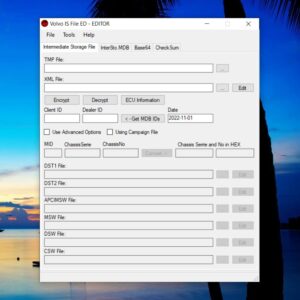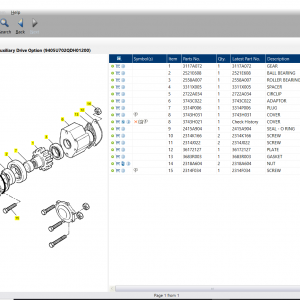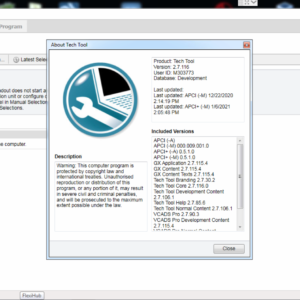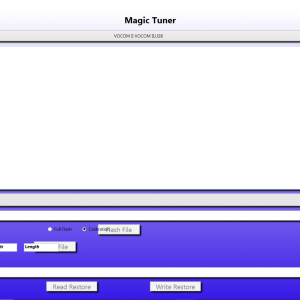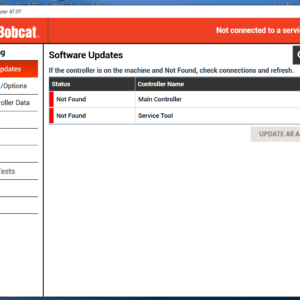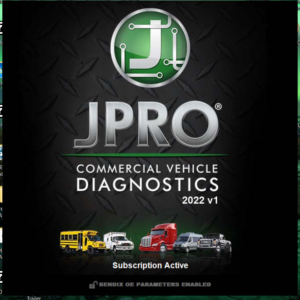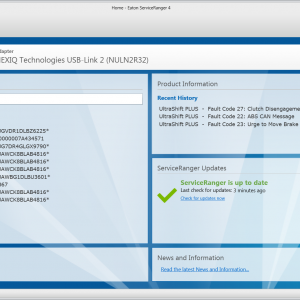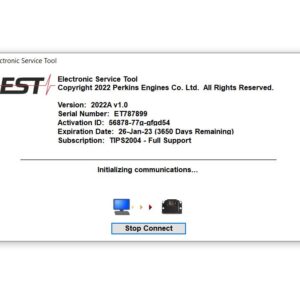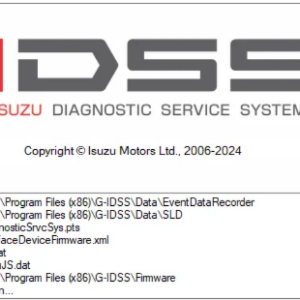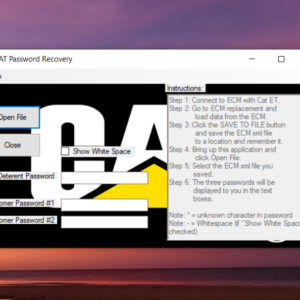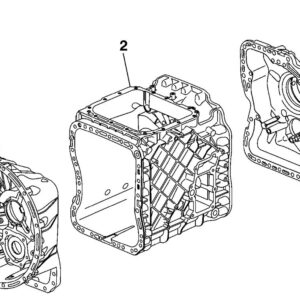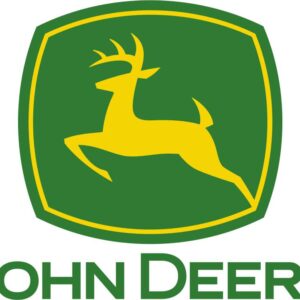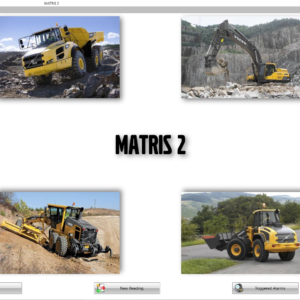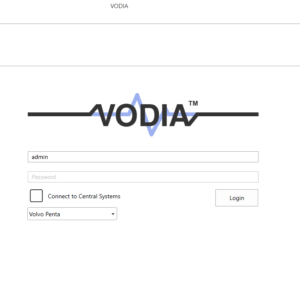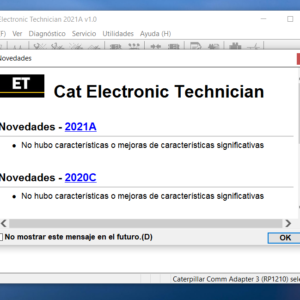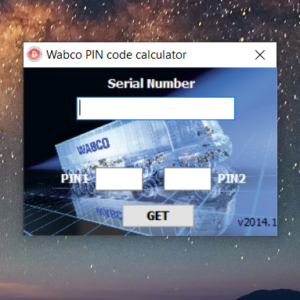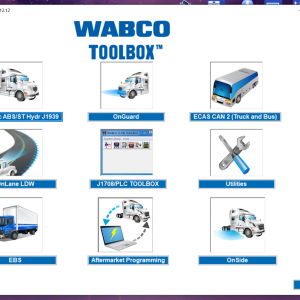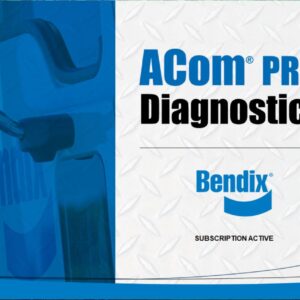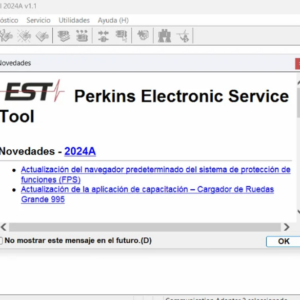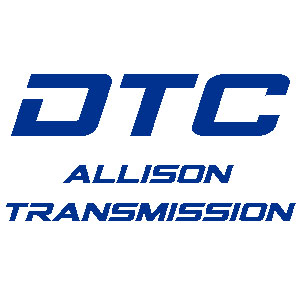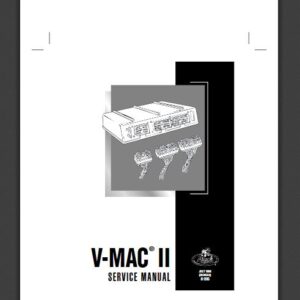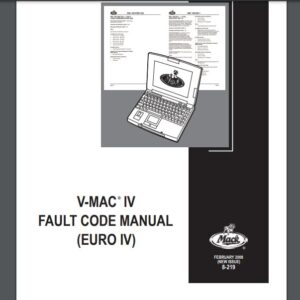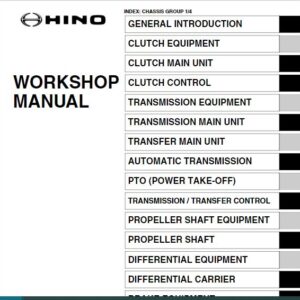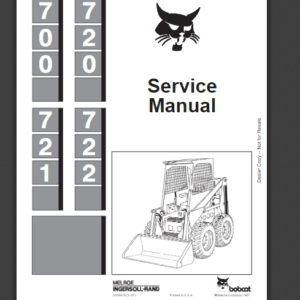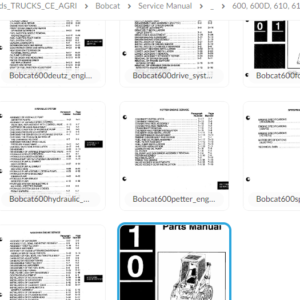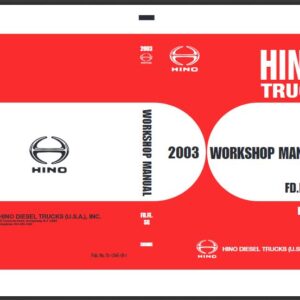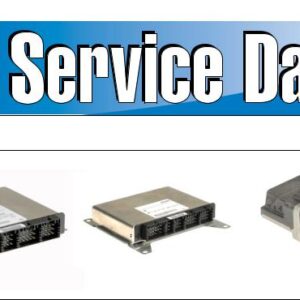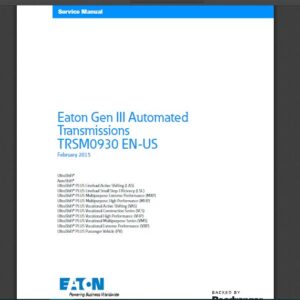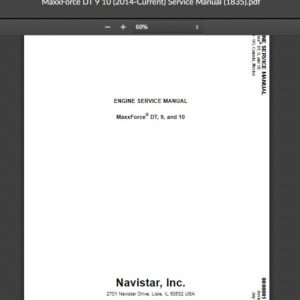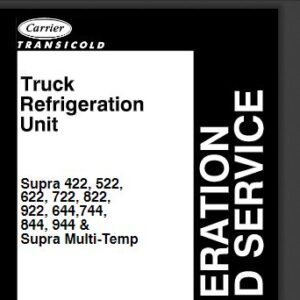Allison 3000 & 4000 Gen 4 Fault Code: U0592 Invalid Data Received From Gear Shift Module 2 (Shift Selector)
DIAGNOSTIC RESPONSE:
Maintain range selected, observe gear shift direction circuit
CIRCUIT DESCRIPTION:
The OEM 4th Generation Controls shift selectors communicate with the Transmission Control Module (TCM) by exchanging standardized digital messages over the SAE J1939 Controller Area Network (CAN). The physical network consists of a two-wire twisted-pair harness and, typically, a third shield wire. A single 120 Ω termination resistor is located at each end of the network and produces 60 Ω resistance for the circuit. Vehicle OEMs may choose to install external termination resistors or use internal termination resistors built into many SAE J1939 electronic modules, including the TCM and shift selector. This DTC test verifies that the secondary shift selector messages are valid from the selector after starting the engine. Refer to the OEM Technician’s Library for additional information.
CONDITIONS FOR RUNNING THE DTC:
After TCM initializes normally and engine speed is above 200 rpm for more than 5 seconds.
CONDITIONS FOR SETTING THE DTC:
DTC U0592 sets when:
1. The TCM has not received valid shift selector data from secondary shift selector for 4 seconds.
2. The TCM has not received valid shift selector data from an inactive secondary shift selector for 8 seconds.
NOTE: The secondary shift selector is also referred to as Gear Shift Module 2 (Shift Selector).
ACTION TAKEN WHEN THE DTC SETS:
When DTC U0592 is active when the following conditions occur:
1. The DTC is stored in the TCM history.
2. The TCM illuminates the CHECK TRANS light.
3. While shift selector data is invalid, the TCM maintains last valid selected gear, and pre-select capability is disabled. The Pulse Width Modulation (PWM) circuit is used to select direction.
CONDITIONS FOR CLEARING THE DTC/CHECK TRANS LIGHT:
Use the diagnostic tool to clear the DTC from the TCM history. The TCM automatically clears the DTC from the TCM history if the vehicle completes 40 warm-up cycles without the DTC recurring.
DIAGNOSTIC AIDS:
DTC U0592 indicates invalid data is received from the secondary shift selector and may be caused by:
1. Insufficient battery capacity usually caused by excessive cranking, poor battery cabling, defective batteries, etc. A battery voltage dip below 7 to 8 volts while the TCM continues to check for valid shift selector messages is a common cause for this DTC. Generally this can happen during engine cranking above 200 rpm. The selector powers down but the TCM does not. Use the min-max feature on a digital voltmeter to capture the minimum voltage during cranking to the selector and to TCM. Inspect battery capacity or battery charging issues if low battery voltages are intermittently occurring. Check that TCM and selector are referenced to the same ground points. Poor grounds or different ground levels to the TCM relative to the shift selector may cause this DTC.
2. Miswired or mis-pinned shift selector harness.
3. Loss of ignition or battery power to secondary shift selector.
4. Miswired or defective OEM controllers, OEM components, or OEM circuits attached to the datalink.
5. Electrical noise.
6. Bus-loading.
7. Short to power or short to another wire in datalink wiring.
8. High resistance or open in datalink wiring.
9. Poor vehicle grounds.
10. Unlocked connectors, expanded terminals, poor pin crimps or unlocked pins causing high resistance or open circuit.
11. Unlocked connectors or unlocked pins causing shorts in connectors.
12. TCM ground is at different voltage potential than the ground of the OEM voltage source responsible for shift selector.
13. Defective TCM.
14. Defective shift selector.
15. Vehicle manufacturers may use the following terminal pairs for CAN 1 high and low wires:
– Terminals 8 and 28.
– Terminals 48 and 68.
– Both terminals 8 and 28 and terminals 48 and 68 are wired in a pass-through setup.
16. Vehicle manufacturers may wire the TCM into the CAN1 backbone in three different ways:
– The TCM may be on its own stub as in traditional CAN backbones.
– The TCM may be wired in a pass-through configuration so that the CAN high and low wires are
connected to two separate pin pairs in the TCM 80-way connector. Datalink messages pass-
through but can still be viewed by the TCM.
– The TCM may represent one end of the backbone. Typically, the internal resistor in the TCM will
be used in this setup.
17. CAN 1 and CAN2 devices must not be interconnected because they are incompatible with each other. CAN1 operates at 250 kbps data rate and CAN2 operates at 500 kbps data rate.
18. For proper datalink communications, it is necessary to have two 120 Ω resistors installed in parallel across the CAN1 High and CAN1 Low terminals. Resistance across CAN1 High and CAN1 Low should measure 60 Ω when wired correctly.
Review applicable information in the OEM Technician’s Library, Control System and Transmission Specifications, and other related information.
-
Volvo Intermediate Storage File Encryptor/Decryptor (Editor) VISFED 0.3.2
Trucks software $35.00Rated 0 out of 5 -
VOLVO PREMIUM TECH TOOL PTT 2.7.116 + APCI 2021 + devtool ( ONLINE )
Trucks software $80.00Rated 0 out of 5
-
JPRO 2022 v1 Commercial Vehicle Diagnostics V1 Software Download & Installation Service ( 1 PC )
JPRO $94.00Rated 0 out of 5 -
CAT ET 2021A (Caterpillar Electronic Technician) + Factory Password (1 PC )
CAT $65.00Rated 0 out of 5
Related products
-
Allison 1000 & 2000 Gen 4 Fault Codes: U1096 J1850 (Class 2) IPC Controller State of Health Failure
1000 & 2000 Gen 4 $50.00Rated 0 out of 5 -
Allison 1000 & 2000 Gen 4 Fault Codes: P0875 Transmission Reverse Pressure Switch Circuit Malfunction
1000 & 2000 Gen 4 $50.00Rated 0 out of 5 -
Allison 1000 & 2000 Gen 4 Fault Codes: P1688 Unmanaged Engine Torque Delivered To TCM Signal
1000 & 2000 Gen 4 $50.00Rated 0 out of 5 -
Allison 1000 & 2000 Gen 4 Fault Codes: P0870 Transmission Pressure Switch Solenoid E Circuit
1000 & 2000 Gen 4 $50.00Rated 0 out of 5 -
Allison 1000 & 2000 Gen 4 Fault Codes: U2105 CAN Bus ECM Error
1000 & 2000 Gen 4 $50.00Rated 0 out of 5 -
Allison 1000 & 2000 Gen 4 Fault Codes: P0848 Transmission Pressure Switch Solenoid D Circuit High
1000 & 2000 Gen 4 $50.00Rated 0 out of 5 -
Allison 1000 & 2000 Gen 4 Fault Codes: P2773 Torque Control Request Ignored – ECM/TCM
1000 & 2000 Gen 4 $50.00Rated 0 out of 5 -
Allison 1000 & 2000 Gen 4 Fault Codes: P2771 Four-Wheel Drive Switch Circuit
1000 & 2000 Gen 4 $50.00Rated 0 out of 5 -
Allison 1000 & 2000 Gen 4 Fault Codes: P0872 Transmission Pressure Switch Solenoid E Circuit Stuck Closed
1000 & 2000 Gen 4 $50.00Rated 0 out of 5 -
Allison 1000 & 2000 Gen 4 Fault Codes: U2104 CAN Bus Reset Counter Overrun
1000 & 2000 Gen 4 $50.00Rated 0 out of 5 -
Allison 1000 & 2000 Gen 4 Fault Codes: U1016 Class 2 J1850 (Class 2) Powertrain Controller State of Health Failure
1000 & 2000 Gen 4 $50.00Rated 0 out of 5 -
Allison 1000 & 2000 Gen 4 Fault Codes: P0871 Transmission Pressure Switch Solenoid E Circuit Stuck Open
1000 & 2000 Gen 4 $50.00Rated 0 out of 5 -
Allison 1000 & 2000 Gen 4 Fault Codes: U1064 J1850 (Class 2) TBC Controller State of Health Failure
1000 & 2000 Gen 4 $50.00Rated 0 out of 5 -
Allison 1000 & 2000 Gen 4 Fault Codes: U1041 J1850 (Class 2) ABS Controller State of Health Failure
1000 & 2000 Gen 4 $50.00Rated 0 out of 5
-
SERVICE MANUAL International Engines MaxxForce DT 9 10 (2014 & Newer)
INTERNATIONAL ENGINES $17.00Rated 0 out of 5 -
SERVICE MANUAL Carrie Supra 422, 522,622, 722, 822,922, 644,744,844, 944 & Supra Multi-Temp
CARRIE $20.00Rated 0 out of 5

